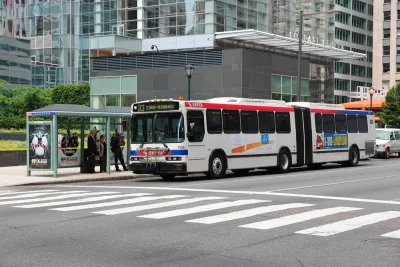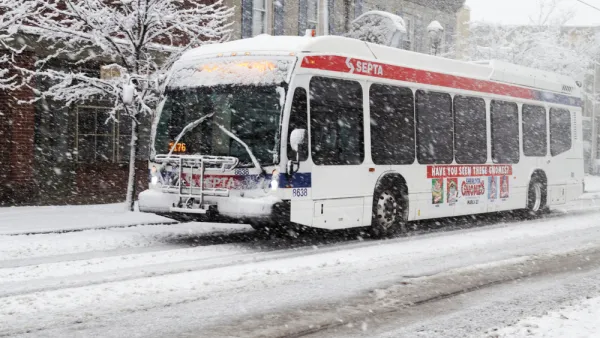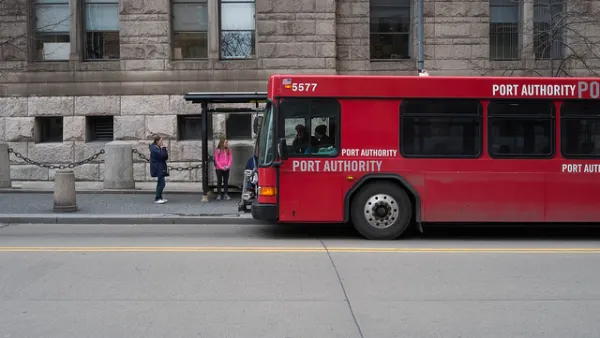New research documents the distance between bus stops in U.S. cities—a key question for service designers that determines a lot about the public transit user experience.

The journal Findings (née Transport Findings) this week published research by Ayush Pandey, Lewis Lehe, and Dana Monzer that quantifies bus stop spacing in U.S. cities.
The research, available online, features a database of bus stop spacings for 43 U.S. cities, weighting each spacing by the number of times a bus traverses the distance. Of the cities evaluated in the study, Las Vegas' Regional Transportation Commission (RTC) has the widest mean spacing (482 m) and Philadelphia's Southeastern Pennsylvania Transportation Authority (SEPTA) the narrowest (214 m).
According to the article's abstract, the research also compares spacings between the urban cores and more suburban locations within agencies' service areas.
FULL STORY: Distributions of Bus Stop Spacings in the United States

National Parks Layoffs Will Cause Communities to Lose Billions
Thousands of essential park workers were laid off this week, just before the busy spring break season.

Retro-silient?: America’s First “Eco-burb,” The Woodlands Turns 50
A master-planned community north of Houston offers lessons on green infrastructure and resilient design, but falls short of its founder’s lofty affordability and walkability goals.

Delivering for America Plan Will Downgrade Mail Service in at Least 49.5 Percent of Zip Codes
Republican and Democrat lawmakers criticize the plan for its disproportionate negative impact on rural communities.

Test News Post 1
This is a summary

Test News Headline 46
Test for the image on the front page.

Balancing Bombs and Butterflies: How the National Guard Protects a Rare Species
The National Guard at Fort Indiantown Gap uses GIS technology and land management strategies to balance military training with conservation efforts, ensuring the survival of the rare eastern regal fritillary butterfly.
Urban Design for Planners 1: Software Tools
This six-course series explores essential urban design concepts using open source software and equips planners with the tools they need to participate fully in the urban design process.
Planning for Universal Design
Learn the tools for implementing Universal Design in planning regulations.
EMC Planning Group, Inc.
Planetizen
Planetizen
Mpact (formerly Rail~Volution)
Great Falls Development Authority, Inc.
HUDs Office of Policy Development and Research
NYU Wagner Graduate School of Public Service





























